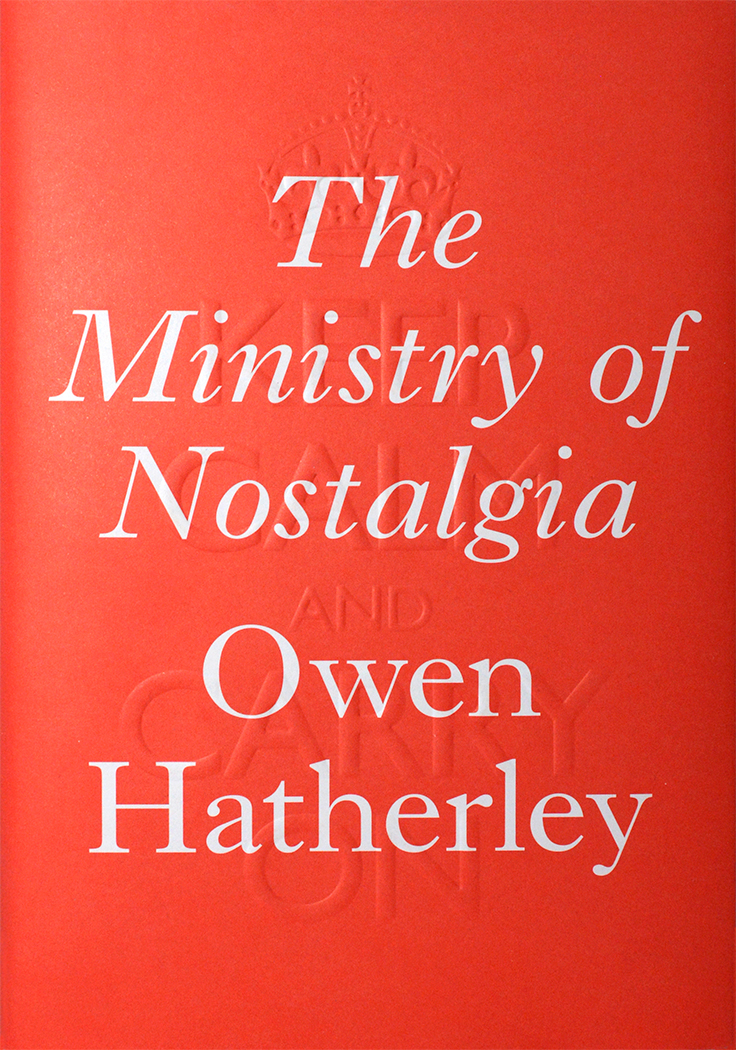I'm now into the second week of my trip to Prague (of which most of the first week was spent attending a medical meeting). Prague is, of course, a well known and popular tourist destination. However, some of the things I have particularly enjoyed are not necessarily those which get the most attention in the guide books.
Prague is well known for its historic centre, with it's mediaeval towers, baroque architecture, castle, and the famous statue-lined Charles Bridge, and these are marvellous. However, there is another aspect which I found particularly interesting: the early modern architecture.
Cubism arose in France, and the art movement spread elsewhere in Europe, but it was only the Czechs who extended it to include furniture, household items, and architecture. This was a short-lived movement, which began around 1912 and lasted for only a few years until the mid 1920s, but today you can still see cubist buildings in good condition. In one of them, the so-called House of the Black Madonna, there is a delightful cafe on the first floor with a cubist interior and cubist furnishings, the Cafe Grand Orient. Above this is the Museum of Czech Cubism, and on the ground floor is the Kubista shop where you can buy replicas of cubist design.
Here are pictures of the exhibits in the museum, from my Facebook gallery (please feel to follow me on Facebook):
Here are some cubist buildings I saw in Prague:
The Czechs took to modernism in a big way after The Czechoslovak Republic was formed in the aftermath of the First World War and the break-up of the Austro-Hungarian empire. As I understand it, this was one of the ways in which the new democratic republic could distinguish itself from the backward empire from which it had been liberated.
There were later developments from cubism, such as "rondo-cubism", and later on there were Art Deco and modernist buildings. Prior to Cubism, there was Art Nouveau and Historicst architecture during the late 19th and early 20th centuries, a lot of it around, varied and and fascinating to look at.

Beer
As a beer enthusiast living in England I have been drinking rather more ale than lager. Here in Prague it has been once to drink good quality lager for a change. In particular, I have enjoyed drinking the dark beer, which is not widely available in Britain. Contrary to what you might expect, the dark beers are not at all heavy, and you should not be misled by the colour.
Quite a few of the bars here serve beer "from the tank", which has not been subjected to the usual preservative processes, giving a better and fresher taste. It's worth keeping an eye out for the words "tankova" or "tanku" outside a bar which inform the prospective customers of the availability of this sort of beer. They also serve unfiltered (nefiltrovane) beer, which I rather like.
Lemonade
Prague is associated with beer, but they also do a great line in non-alcoholic drinks, specifically the local "lemonade". Most bars and restaurants serve lemonade which over here means a refreshing drink, made on the premises, flavoured with a variety of fruit, and not too sweet. It's more intensely flavoured than those flavoured bottles of mineral water that you get in Brtiain and elsewhere, but less so than English lemonade. We plan to try making it at home when we get back.
Coffee
Most places seem to serve the usual espresso-based stuff, generally of a reasonable standard, but you can still get the old-fashioned Czech preparation known as Turecka, or Turkish coffee in the English-language menus, which is the Czech version of Turkish coffee. It's black coffee served in a glass with the grounds still in, rather like cafetière or so-called French press coffee, but without the plunger and filter. If you want a long coffee, it's a good alternative to an americano, and less bitter. I like it and I wish it were more widely available.
Food
Eastern and Central European food seems to have a bit of a poor reputation in English speaking countries but I think this is due to ignorance. I haven't sampled the whole range of the local cuisine, but what I've had I have liked. There's a lot of pork, often with lots of sauce, and often accompanied by dumplings. There are different sorts of dumplings, including one which are rather like bread and excellent for soaking up the gravy.
There are some unusual dishes, such as Svíčková, beef served in a creamy, sweetish sweet sauce, served with cranberries, and whipped cream. It's strange, but enjoyable.
Another popular dish is cheese fried in breadcrumbs, served with tartare sauce which is delicious.
Both are illustrated below.
Some of the bar snacks are pretty unusual as well. Cheese soaked in oiled and spices, pickled sausages and so on. The ones I have tried have been great, and I hope to try more during this trip.
I should also mention the wonderful open sandwiches, sold in cafes at lunch time, of which I illustrate a small selection.
So far I have been having a rather nice time. I find Prague a very congenial place, and there is lots more to see and do than I have described here. I fancy I would like to make a return trip in the not too distant future.

























